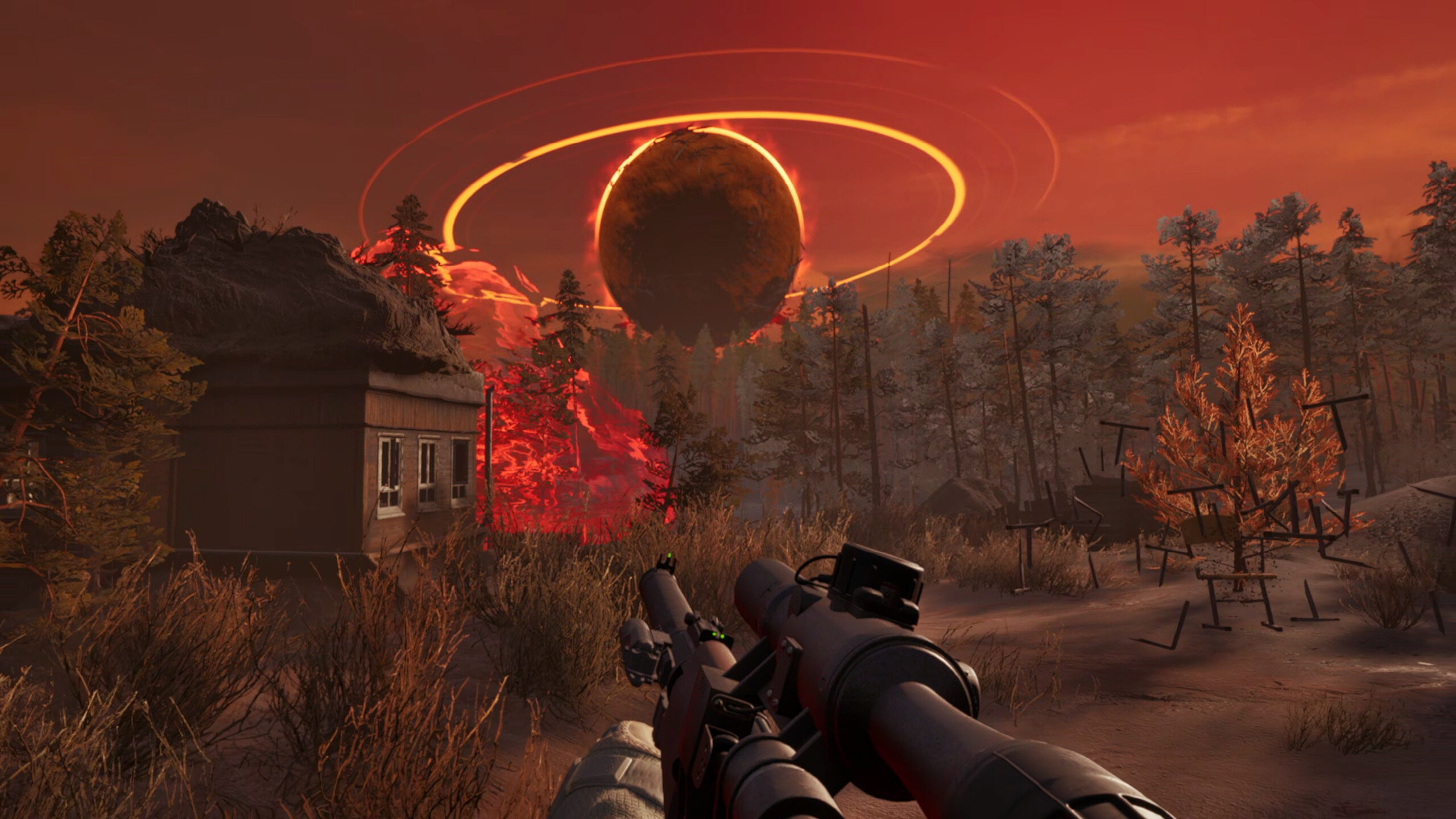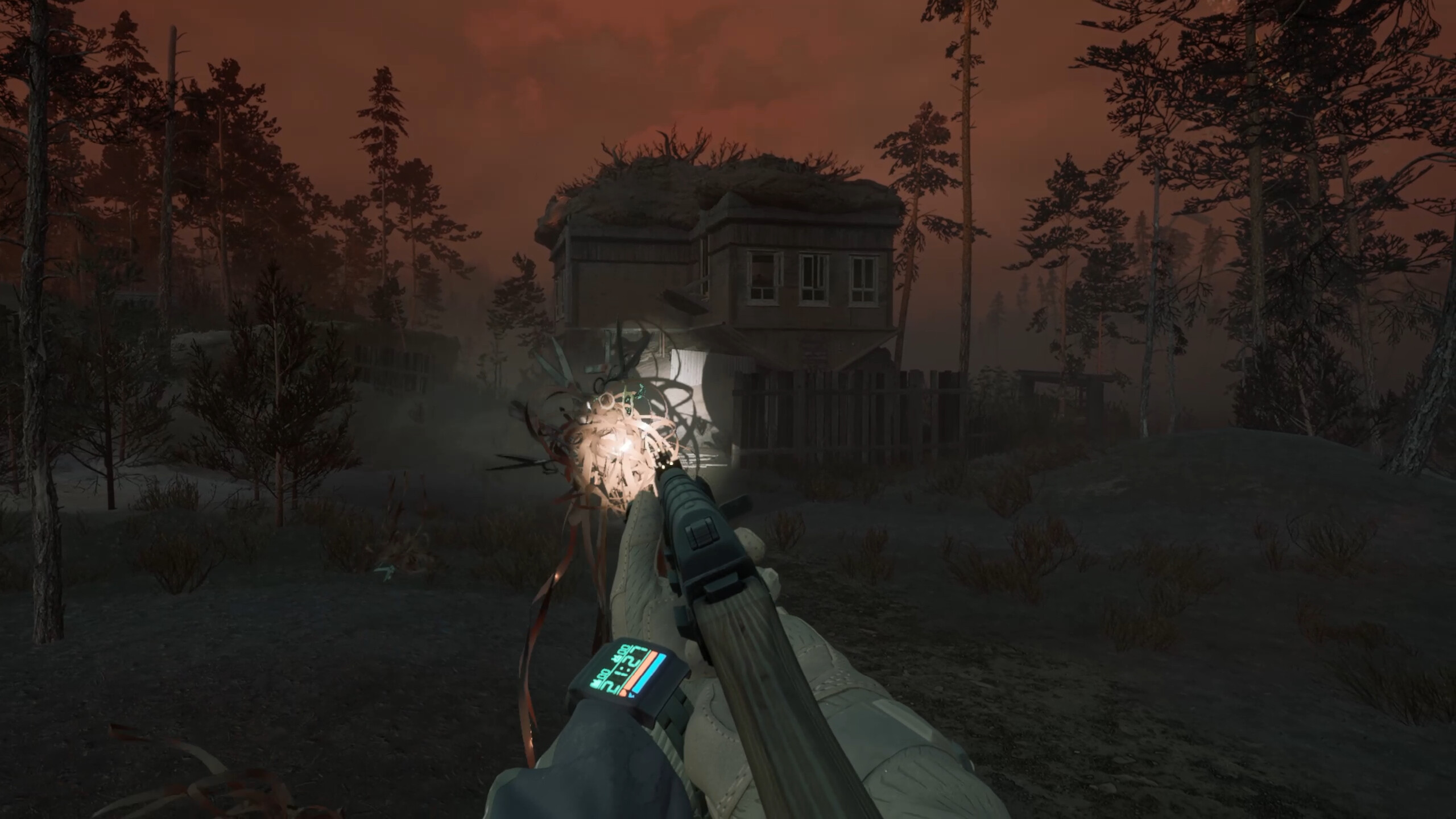Vlad Rannik, CEO of CM Games, spoke to UploadVR during
and was pleased with the sequel’s initial performance, though it wasn’t risk-free. Speaking to UploadVR during
, CM Games CEO Vlad Rannik is understandably pleased with the sequel’s initial performance, though the studio’s strategy wasn’t risk free.Into The Radius 2https://www.youtube.com/watch?v=IjBvlHr_6e8Metro Awakening“We took a gamble with a game that wasn’t complete. Early access can mean a game that is complete but has some bugs for some. We wanted community input and feedback before we put most mechanics in place. Rannik says the team knew exactly how to create it. We didn’t have to test the game as often. It’s obvious that it is a key feature in the game. We gambled a bit there, and it worked out well. Our PG Connects London 2025 found a “enjoyable,” sequel to Into The Radius 2 that was “barebones.”
It’s therefore unsurprising to learn that Rannik considers expectation management the most difficult part of early access. He admits that, while reading comments on Steam and Discord, he is often tempted by the temptation to confirm what will be coming. However, Rannik says he’s limited on what can be announced.
“Once you announce that something is coming, people expect it to be delivered, of course they do. We might discover a problem that would make it better to release something else. It’s a strategy that was heavily influenced by the early access version of Into The Radius. Rannik acknowledges that they were “dubious” to launch after
which, he says, reshaped expectations. He also elaborates on the different categories of player’s needs. We couldn’t cater to their needs because Into The Radius was a slower-paced game. There’s also a group that wants a S.T.A.L.K.E.R.-like experience, where they get all the loot, bandits and NPCs. The fact that Into The Radius 1 met these expectations led it to be “basically an early access experience all over again”, before the game reached
and finally ended with launch review. Rannik says that this free update policy has helped to drive sales over the long term. He revealed that two major is available on all platforms. He compares it to a live service game but “without any season pass bullshit,” referring to how such titles usually add content partially locked behind microtransactions or subscriptions.
“What we did instead in ITR1 was just improving and expanding the game. We had an engineer and developer create a prototype of a guitar in ITR. It served no obvious gameplay function, but it made sense for the lonely and desolate setting. So we went through with it, and it became one of the trademark features.”
Moving back to the sequel, CM Games addressed the challenges faced with developing the team’s first VR multiplayer game. Following criticisms surrounding online co-op, Rannik states the team were fully aware of the complexities this would introduce, confirming the feedback is being monitored.

“In the end, it’s been harder than we expected it to be,” he tells me.
As for choosing Steam as its lead platform, I queried whether CM Games saw avoiding Quest during early access as a risk. Rannik says that choosing Steam during early access has been a good decision, as Into The Radius 2’s revenue is now over $3 million. Steam is a better option for building core gameplay. Going multiplatform with early access would delay us and take our attention away from building the best gameplay we can, so we had to pick one platform.”
Rannik points out that Into The Radius 1 ports later arrived on Half-Life: Alyx and eventually
after leaving early access. While he didn’t directly confirm any multiplatform plans for Into The Radius 2 yet, CM Games are interested in other platforms after they enter full release.

“We’re absolutely looking at getting Into The Radius to all major platforms.”Version 2.0Into The Radius 2 is available now on Update 2.7, and it’s currently targeting a full release in early 2026.